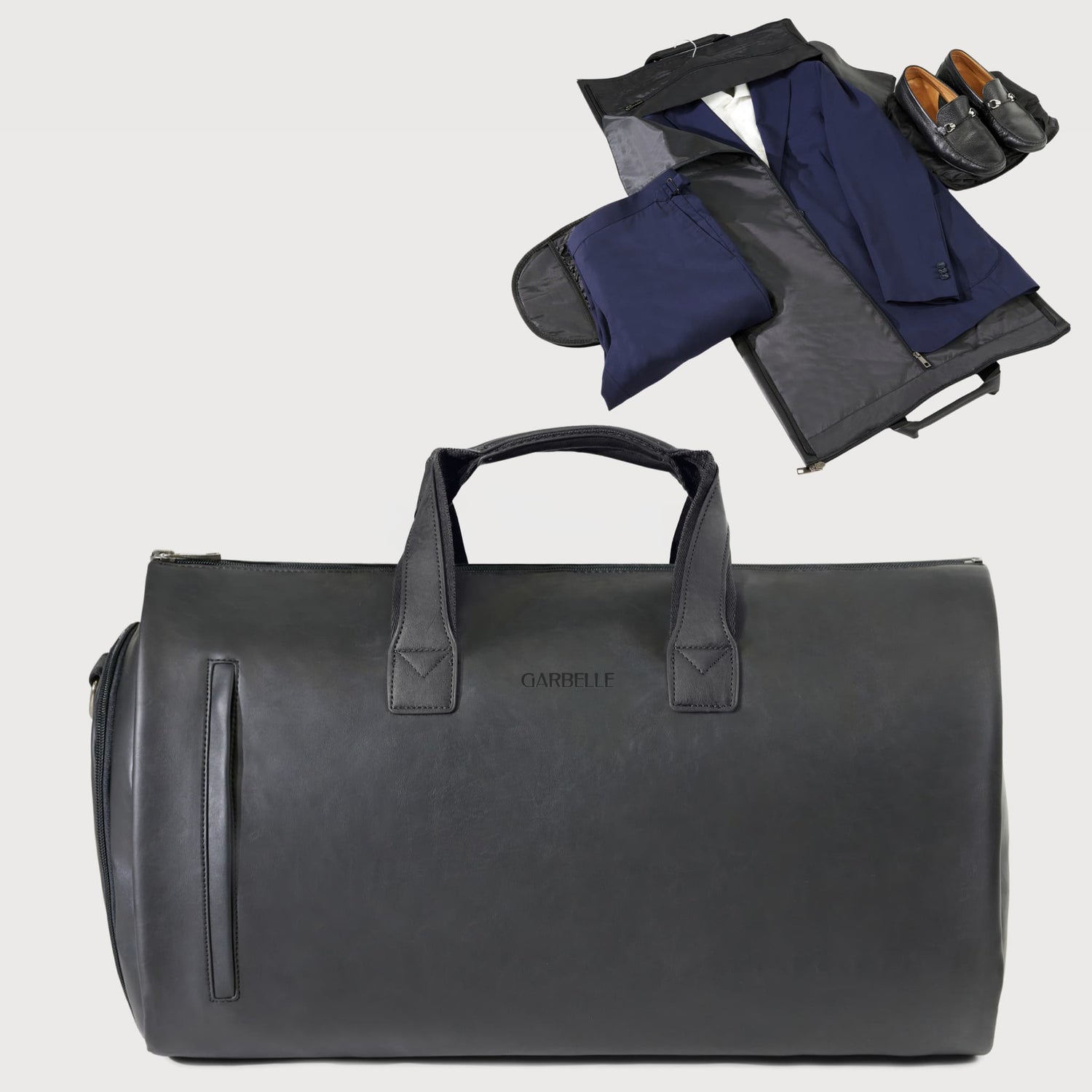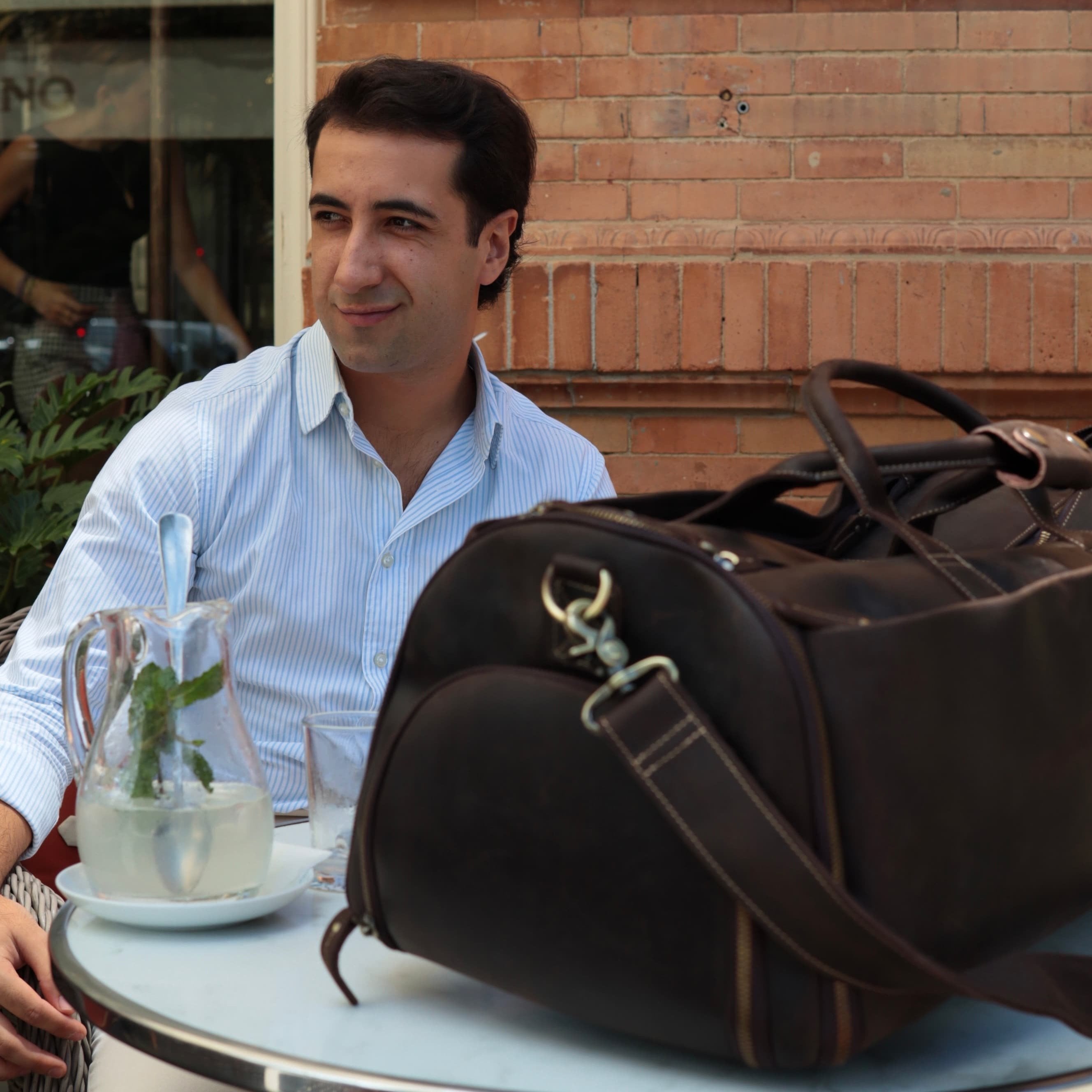Travelling light and efficiently is often the choice of many, especially when it comes to air travel. This makes the carry-on luggage a popular choice for travellers looking to avoid long waits at the baggage carousel or paying extra charges for hold luggage. But before you pack up, it's important to be aware of certain rules and restrictions relating to the carriage of these carry-on luggage.
Choosing the right carry-on luggage
A successful trip starts with choosing the right carry-on luggage. Airlines have precise criteria regarding the size and weight of carry-on luggage. In general, a carry-on luggage should not exceed 55 cm x 40 cm x 20 cm (21.7 x 15.7 x 7.9"), including handles, side pockets and wheels. However, these dimensions can vary from one airline company to another, so it's essential to check with your airline before departure. Choosing a bag that meets these criteria can save you a lot of hassle when you board.
Weight restrictions for carry-on luggage
The authorised weight for a carry-on luggage also varies from one airline company to another. It is often limited to between 7 and 10 kilograms. To avoid any problems at check-in, it is advisable to weigh your bag once it is packed. Passengers travelling with a bag that exceeds the weight limit may be forced to put it in the hold, sometimes at their own expense.
What are the limits for liquids?
The restrictions on liquids, gels and aerosols are among the strictest. At most airports, these items must be placed in containers of 100 ml or less and presented in a transparent, re-sealable plastic bag with a maximum capacity of one litre. Each passenger is allowed to carry only one of these plastic bags. This rule is designed to facilitate security checks. Make sure you prepare this carry-on luggage in advance to avoid any delays.
Are there any prohibited items in a carry-on luggage?
As safety is an absolute priority, the list of items banned in a carry-on luggage is long and includes anything that could be considered dangerous. This includes knives, scissors with blades longer than 6 cm, firearms, sharp tools and others. Prohibited items confiscated at the security check are generally not returned. It is therefore important to know about these restrictions to avoid losing valuable items.
What types of carry-on luggage are allowed in the cabin?
When it comes to the types of carry-on luggage allowed in the cabin, travellers have a number of options to choose from, ranging from the classic backpack to the small rigid suitcase, as well as soft bags such as a suit travel bag and briefcases. The most important thing is that this luggage complies with the dimensions and weight set by the airline. This ensures that your choice fits easily into the overhead compartments or under the seat in front of you.
What other bags are allowed?
In addition to the main carry-on luggage, most airlines also allow you to take an extra small bag with you. This could include a handbag, a laptop, or a small backpack. Using this extra space intelligently can allow you to have everything you need at hand during the flight, including your travel documents, a book or a snack.
As you can see, travelling by plane with a carry-on luggage requires a certain amount of preparation and organisation. Knowing and complying with airline rules and restrictions will help you get through security checks without a hitch and enjoy a pleasant journey. By knowing these rules and planning ahead, you can make the most of your carry-on luggage space and avoid any unpleasant surprises. What about you? Have you ever had any unexpected experiences when travelling with a carry-on luggage?






